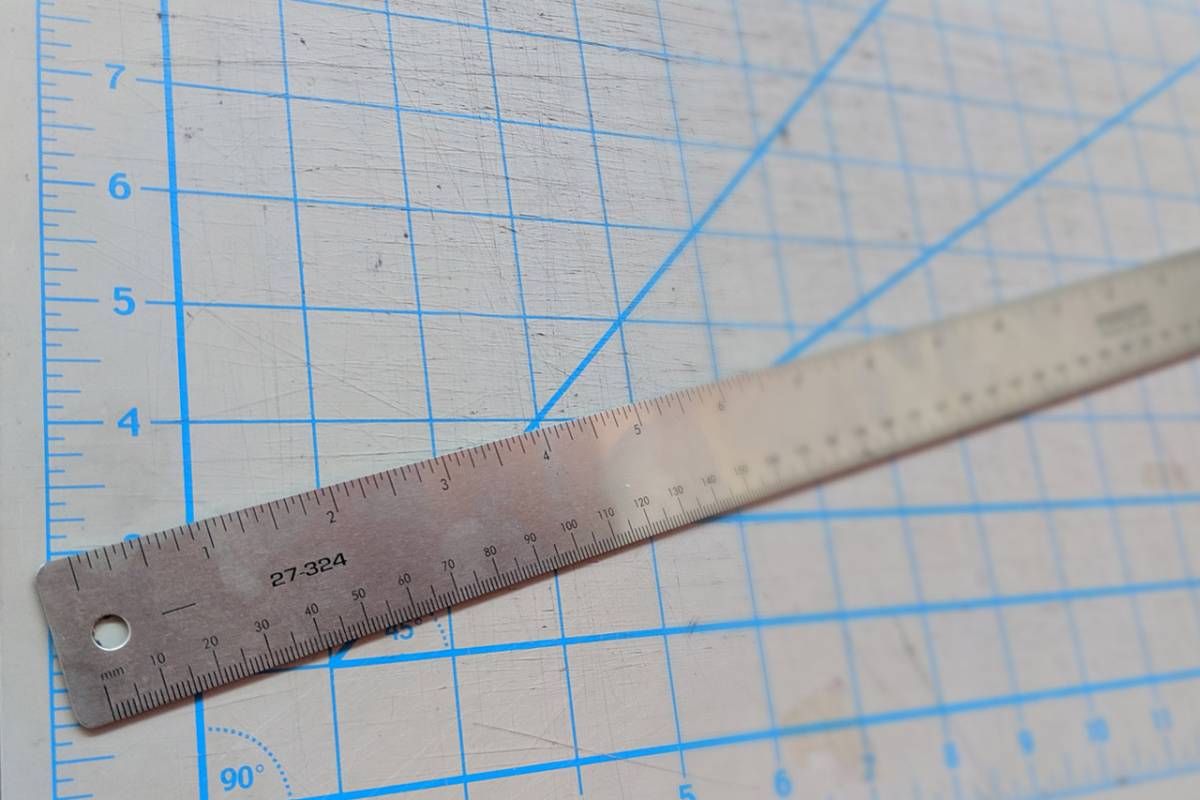A great story is memorable. A great story resonates. A great story lives in the minds of those who hear it and is retold again and again.
In some ways, a good story is the essence of public relations (PR). Not in a way that lacks authenticity, but in that Public Relations professionals are storytellers. They bring the story of a company’s brand, product, reputation, success or position to light by connecting with the media, online influencers and the public.
But how do you measure that? PR is separate from paid advertising with its miles of analytics. How do you measure a great story and its ripple effects?
We hear questions like these from clients, at networking events and echoed in the public arena. How DO you measure PR? How can you show it’s helping your company or organization?
We asked GRIT’s PR team this very question and here is what we learned.
Tactics
Our PR team strategically manages communication between an organization and its target audience. A target audience includes the media and the general public, as well as identified groups for the particular company which could be current customers, prospective customers, shareholders, community supporters, potential hires, donors and/or volunteers (to name a few).
Depending on the situation, reaching these audiences may include many tactics such as content creation, media pitching, crisis communications and social media management. Based on the tactic utilized, different measurements to quantify return on investment are used.
Lead Sourcing
One of the main goals of public relations is to earn media for our clients. This means pitching stories to news outlets in hopes they will cover the story.
Media coverage can have several outcomes:
- building a brand’s positive reputation;
- showcasing a company or organization’s expertise;
- furthering an entity’s mission;
- inspiring an audience member to look up the brand and research its services or products;
- driving engagement and connection with the business that could lead to future sales; or
- building awareness for an upcoming event to inspire participation.
Remember, a prospective client will hear about a brand an average of 10 times before they move forward with a purchasing decision. However, it can be difficult to determine when this coverage leads directly to sales and quantify direct ROI.
Therefore, to learn if your PR efforts influenced your customers decision-making, it is important to ask new clients or attendees how they heard about the business, event, product, etc. This can be done through face-to-face interactions, surveys or focus groups.
Media Clips
At GRIT, each day we track media alerts and clips, cataloging when our clients have been mentioned in the media and where.
Media Impressions
As we measure the success of PR efforts through media clips, it is also important to measure media impressions. Calculating media impressions can be done by multiplying the number of media alerts by the total circulation of the publication in which the clips appeared. Publications include circulation information in their Media Kit and advertising specifications.
Content Analysis
Having your company’s name, service or product mentioned in different media publications is a sign of successful PR. However, it is important to note the perspective of the content. To ensure that PR tactics are working, consider how your brand is being presented in the media coverage – are you the expert, sharing your knowledge and your message? If so, great! Even if you and your company only have a small part in a story, if you are a contributing expert commentator, this is a win.
However, if the presentation is on how your company is not a good example or made a controversial decision, then it is time to consider if you need to provide any further information to your audiences, share context, or manage some crisis communications. In the meantime, continue to build a relationship with the member of the media who provided coverage, and always be authentic.
Market Surveys and Focus Groups
When it comes to PR tactics and campaigns, research is necessary to track the success of your efforts. Before implementing any strategic plan, ask questions of your target audiences such as:
- Have they heard of your brand?
- When they think of our brand is it in a positive or negative light?
- What could your brand do better to serve customers?
After your PR campaign has been implemented for a period, survey your target audiences again asking them the same questions. Has their awareness and perception of your brand increased?
Social Media Interactions
Finally, PR efforts can be measured through social media interactions. Programs such as Google Analytics can track traffic to your company website from social channels (known as “referrals”). In addition, mentions, shares and comments (collectively known as engagement) on social media pages are a way to measure if your PR strategies are working. If your followers and others in the social community are engaging with your brand in a positive way, this contributes to the success of your brand and shows the results of your PR efforts. If you launch a campaign and then see an increase in social media interaction, you can rest assured that your PR strategy is working.
Tackling public relations campaigns is a top priority for companies looking to improve their brand awareness, reputation and build a foundation for the sales team. If you’re looking to implement a public relations campaign or need help executing tactics, reach out to us at [email protected] or (717) 885-0014 to start a conversation!
